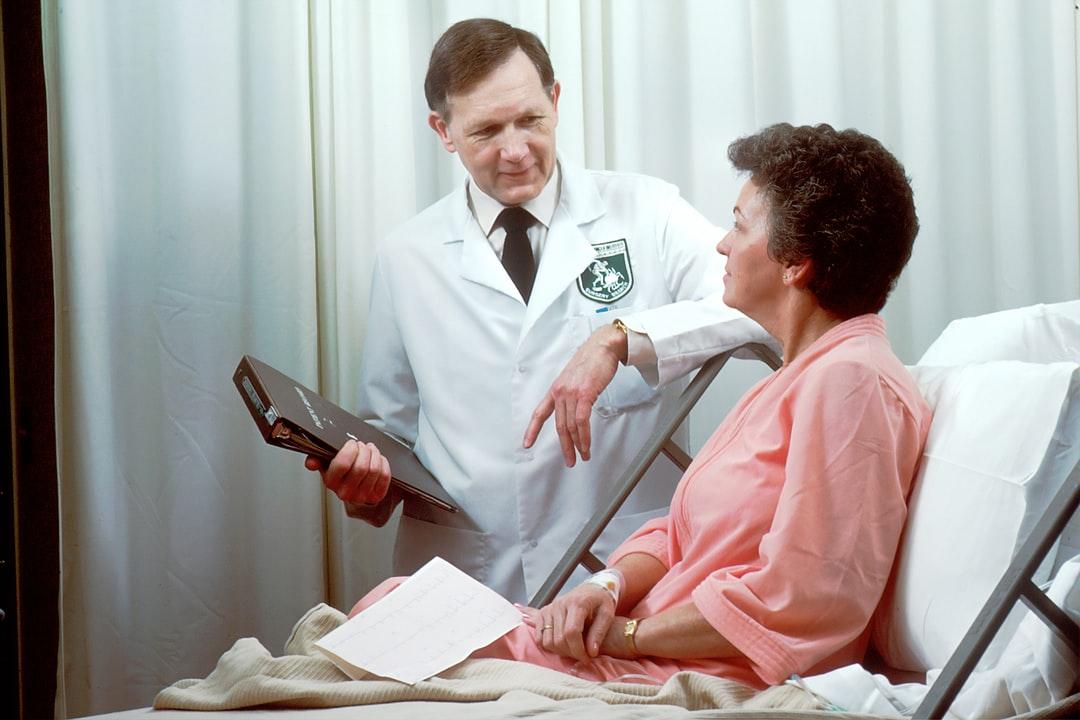Increase Patient Medication Adherence With Remote Patient Monitoring Services
Medication adherence is one of the most overlooked factors of successful medical treatment today. No matter how effective a treatment is, if patients don’t medicate as prescribed, the treatment won’t work as well as it should.

Studies have shown that 30% to 50% of patients fail to take their medications as directed. Medication non-adherence is estimated to cost the healthcare system over $100 billion each year in additional healthcare costs, lost productivity, and premature death.
Medical non-adherence can significantly complicate treatment, which potentially leads to:
- Increased risk for hospitalization or rehospitalization
- More severe illnesses or conditions
- Increased hospital readmission rates
- Increased medication costs
- Increased mortality rates
Getting medical adherence right is a priority for healthcare providers. Recently, Remote Patient Monitoring (RPM) has emerged as one of the most effective methods to do so.
What Is Remote Patient Monitoring?
RPM is an innovative treatment model that uses electronic devices, patient monitoring software, and wireless communication technologies to make medical monitoring more accessible to patients outside traditional healthcare settings.
Remote patient monitoring solutions let healthcare providers monitor patient health from a remote location using health-monitoring wearable devices and digital communication tools. The RPM system collects data from the patient’s body over time and then processes it for analysis by computer algorithms. These algorithms interpret the patient’s health status based on factors like:
- Activity Levels
- Sleep Patterns
- Heart Rate
- Blood Pressure
These systems then provide healthcare providers with real-time reports that indicate whether any abnormal trends have been detected. The result is a detailed picture of an individual’s overall well-being that ensures monitored patients receive treatment before any serious issues arise. RPM can also reduce the collective effort needed to treat chronic conditions.
The Uses of RPM
Patients are often reluctant to call their doctor’s office for minor questions or concerns. They may be worried about taking too much time or being a burden on their providers. With a remote healthcare monitoring platform, caregivers can connect with patients via phone, text, or video chat at any time of day. This 24/7 access lets them share updates on their current health status and medication adherence habits without waiting until the next appointment.
That line of communication allows healthcare providers to stay more engaged with chronically ill patients in between regular appointments, which can improve patient outcomes and reduce the cost of chronic disease management. Moreover, such comprehensive access to patient health data helps providers identify early warning signs that suggest a developing issue. By monitoring trends over time, caregivers can intervene as soon as possible before things get worse.
Interactive Remote Care Solutions
Home health monitoring devices help patients manage their chronic health conditions better and enjoy healthier, happier lives. This can be accomplished in two main ways:
- By giving patients a reminder service that helps them take their medications as prescribed
- By giving patients access to an online portal to manage their medical history, interact with healthcare providers, and get reminders about appointments or refills
Sensors directly attached to an individual’s body that track vital signs can also make treatment more efficient. Doctors and nurses can use information gathered from these sensors to determine whether a particular treatment is working or if there are compliance problems.
At the same time, remote patient monitoring solutions benefit healthcare providers by giving them more information about patient medication adherence patterns and how well treatments are working over time.
Real-Time Data
RPM provides a way for healthcare professionals to receive real-time data on their patients’ status. That can make it easier to assess whether a patient is taking medication as prescribed and at the appropriate time. This feedback can improve health outcomes by ensuring that treatment is correctly administered and perhaps reducing the potential for complications or hospitalizations.
In addition to helping patients manage chronic conditions like diabetes or hypertension through remote monitoring systems (such as those used for blood pressure), RPM also allows for timely intervention in situations where a patient might be at risk of overdosing on their prescription medications due to non-adherence with their treatment plan. With time, this sort of intervention may bring down healthcare costs and allow more patients to be serviced efficiently.
The Bottom Line
Remote patient monitoring services offer a patient engagement solution that helps healthcare providers and payers improve medication adherence. With RPM, providers can identify patients at risk for non-adherence, prescribe effective medications, and monitor compliance. By tracking medication adherence, healthcare organizations can reduce costs by identifying patients who aren’t taking their medications according to instructions and getting their treatment back on track.
RPM is an elegant solution to an age-old problem.